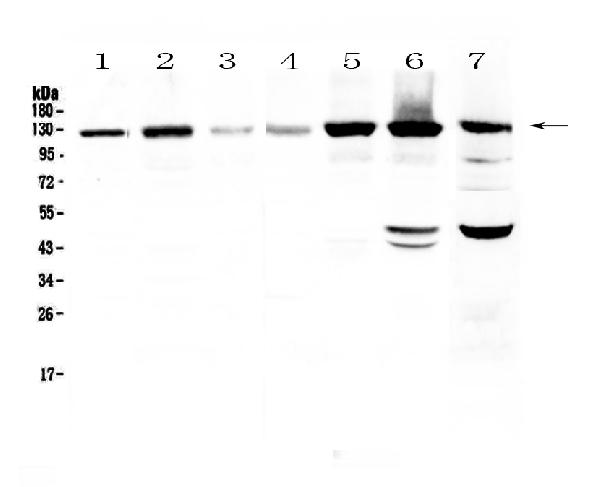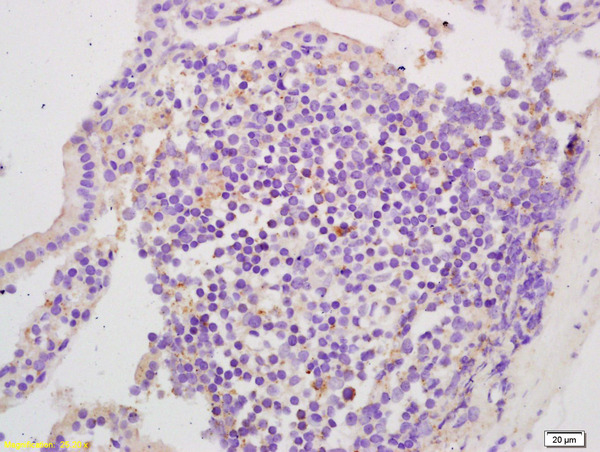![IHC-P analysis of human skin carcinoma (left) and pancreas carcinoma (right) tissue using GTX83159 EphA2 antibody [1B3C7]. IHC-P analysis of human skin carcinoma (left) and pancreas carcinoma (right) tissue using GTX83159 EphA2 antibody [1B3C7].](https://www.genetex.com/upload/website/prouct_img/normal/GTX83159/GTX83159_20170912_IHC-P_w_23061322_262.webp)
IHC-P analysis of human skin carcinoma (left) and pancreas carcinoma (right) tissue using GTX83159 EphA2 antibody [1B3C7].
EphA2 antibody [1B3C7]
GTX83159
ApplicationsWestern Blot, ELISA, ImmunoHistoChemistry, ImmunoHistoChemistry Paraffin
Product group Antibodies
TargetEPHA2
Overview
- SupplierGeneTex
- Product NameEphA2 antibody [1B3C7]
- Delivery Days Customer9
- Application Supplier NoteWB: 1/500 - 1/2000. IHC-P: 1/200 - 1/1000. ELISA: 1/10000. *Optimal dilutions/concentrations should be determined by the researcher.Not tested in other applications.
- ApplicationsWestern Blot, ELISA, ImmunoHistoChemistry, ImmunoHistoChemistry Paraffin
- CertificationResearch Use Only
- ClonalityMonoclonal
- Clone ID1B3C7
- ConjugateUnconjugated
- Gene ID1969
- Target nameEPHA2
- Target descriptionEPH receptor A2
- Target synonymsARCC2, CTPA, CTPP1, CTRCT6, ECK, ephrin type-A receptor 2, epithelial cell receptor protein tyrosine kinase, tyrosine-protein kinase receptor ECK
- HostMouse
- IsotypeIgM
- Protein IDP29317
- Protein NameEphrin type-A receptor 2
- Scientific DescriptionThis gene belongs to the ephrin receptor subfamily of the protein-tyrosine kinase family. EPH and EPH-related receptors have been implicated in mediating developmental events, particularly in the nervous system. Receptors in the EPH subfamily typically have a single kinase domain and an extracellular region containing a Cys-rich domain and 2 fibronectin type III repeats. The ephrin receptors are divided into 2 groups based on the similarity of their extracellular domain sequences and their affinities for binding ephrin-A and ephrin-B ligands. This gene encodes a protein that binds ephrin-A ligands. Mutations in this gene are the cause of certain genetically-related cataract disorders.[provided by RefSeq, May 2010]
- Storage Instruction-20°C or -80°C,2°C to 8°C
- UNSPSC12352203

![WB analysis of NIH3T3 cell lysate using GTX83159 EphA2 antibody [1B3C7]. WB analysis of NIH3T3 cell lysate using GTX83159 EphA2 antibody [1B3C7].](https://www.genetex.com/upload/website/prouct_img/normal/GTX83159/GTX83159_20170912_WB_w_23061322_688.webp)







